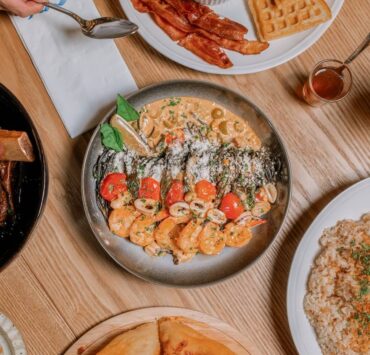Chef Jam Melchor’s ‘Kayumanggi’ celebrates 150 Filipino recipes
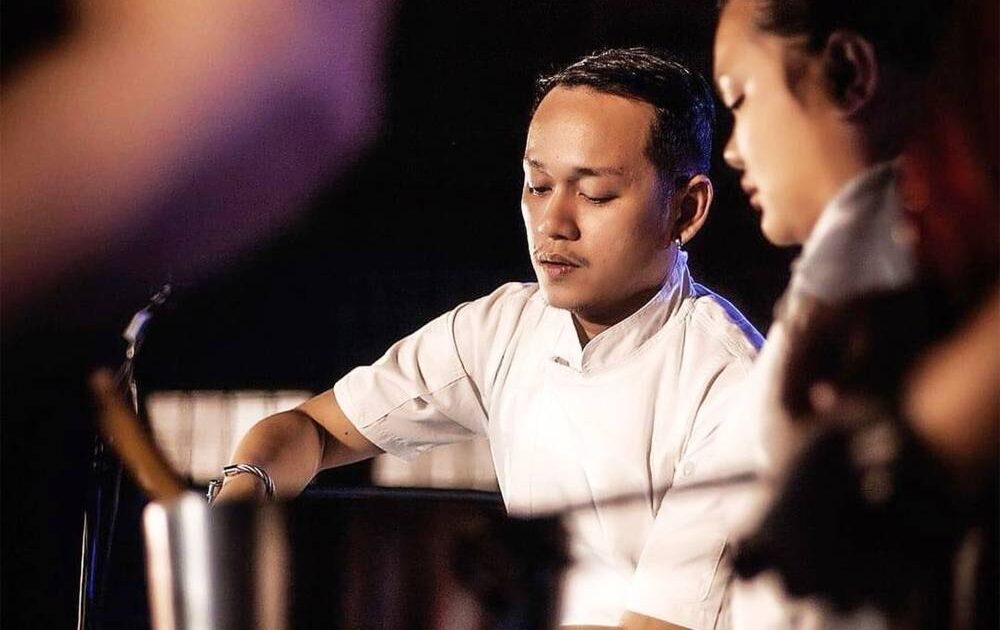
As a young boy watching his grandmother cook in Angeles, Pampanga, Jose Antonio Miguel Melchor—Jam to friends—dreamed of running a restaurant and traveling the world. Decades later, he has not only achieved these dreams, but has surpassed them. He is a restaurateur, a former private chef to the US ambassador, an educator, and a culinary envoy.
Beyond his accomplishments, Melchor has become a staunch advocate of Filipino cuisine. His recipes and experiences are now being consolidated into a series of books.

With the support of the Department of Trade and Industry, Melchor is launching “Kayumanggi,” a collection of 150 recipes from Luzon, Visayas, and Mindanao. This illustrated book features a diverse array of dishes, including sutokil (a combination of sugba, tinola, and kilawin), lechon Balamban, kaldereta, callos, and Kapampangan heirloom recipes such as lengua, humba, and galantina.
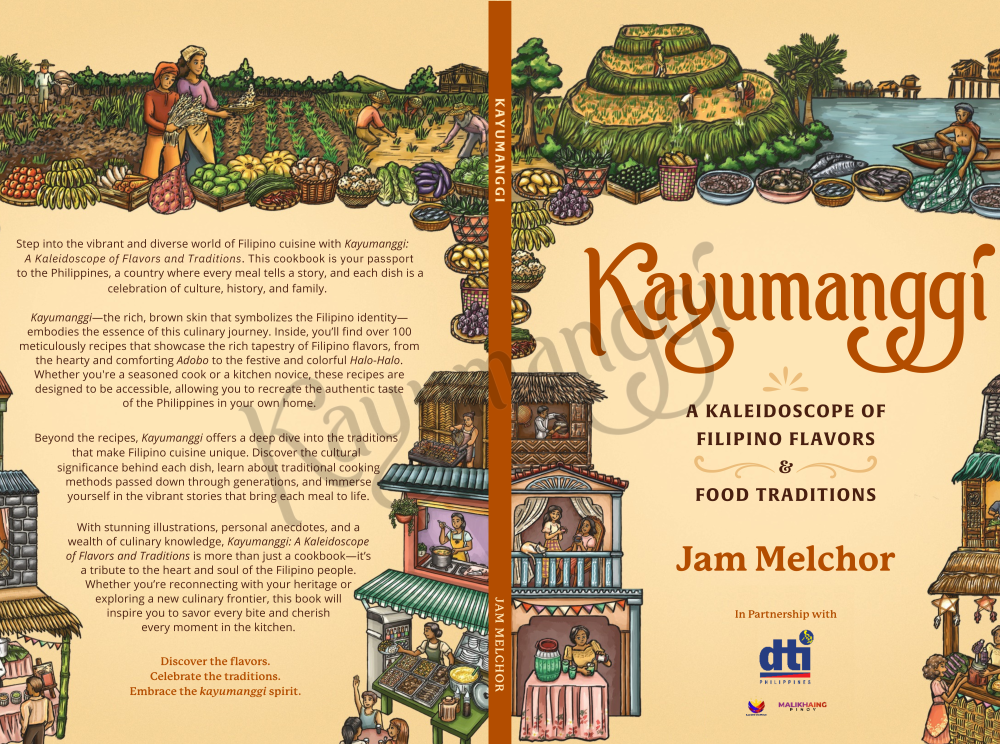
The book includes a prologue by food historian Felice Sta. Maria and an epilogue by Chit Juan, a prominent advocate of the Slow Food Movement, of which Melchor is also a dedicated supporter. Instead of relying on step-by-step photographs, the recipes are complemented by evocative illustrations, reminiscent of classic cookbooks. These illustrations will be showcased in an exhibit at the National Museum.
Melchor says “Kayumanggi” will be offered free of charge and can be ordered through social media platforms following its official launch in the first quarter of the year. The launch will coincide with the Filipino Food Festival at the Sheraton Manila. He assures that all recipes are easy to follow, having successfully tested them through numerous Filipino buffets served overseas.
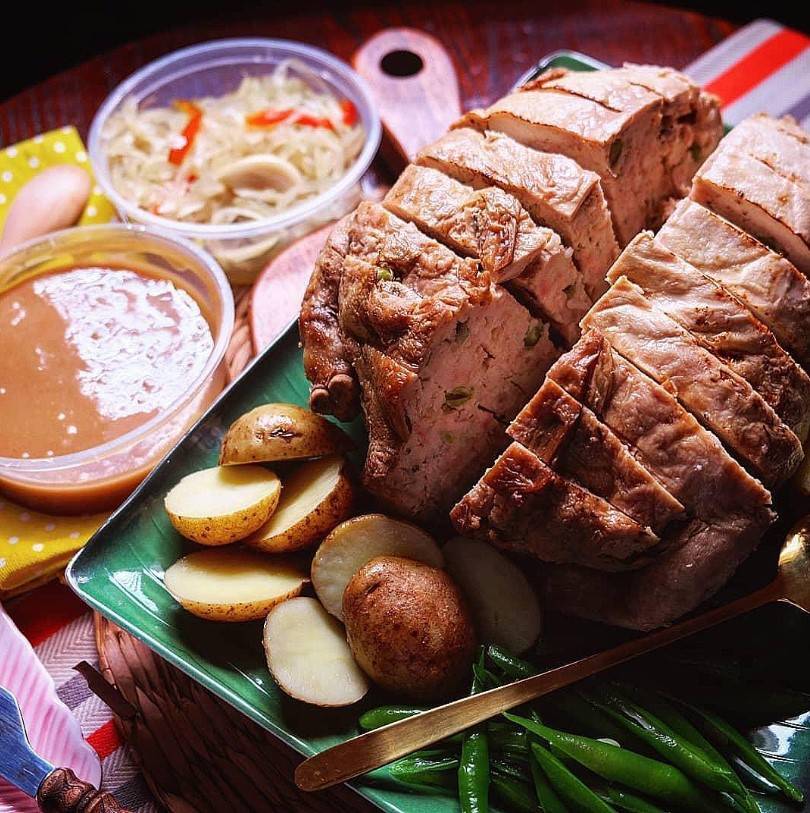
Personal favorite
Overseas Filipinos sometimes long for their local comfort foods. These recipes are designed to be straightforward and utilize ingredients readily available in Asian markets.
His personal favorite is kare-kare based on a recipe passed down from his grandmother. He prepares the peanut sauce using an almirez, or the traditional mortar and pestle, for a smoother flavor. He cooks with his grandmother’s pots and utensils, recycled from parts of American airplanes.
Previously, Melchor established himself as a chef. He cofounded an establishment specializing in Kapampangan cuisine and a food delivery service for nutritious meals.
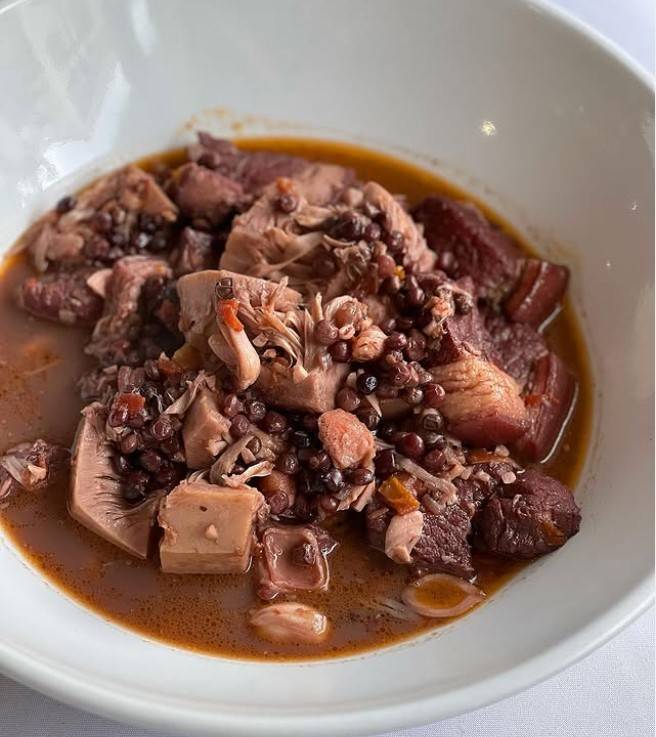
His dedication earned the attention of the Department of Agriculture (DA). Recognizing his achievements, the DA appointed him Chef Ambassador of the Philippines for the ASEAN Roadshow “Linamnam! Flavors of the Philippines,” held at Shangri-La Hotels in each member state.
In 2017, he was invited to the Slow Food International Movement by Le Tavole Accademiche (Academic Tables) of the University of Gastronomic Sciences in Pollenzo, Italy. There, he prepared Filipino dishes for fellow chefs and students from around the world.
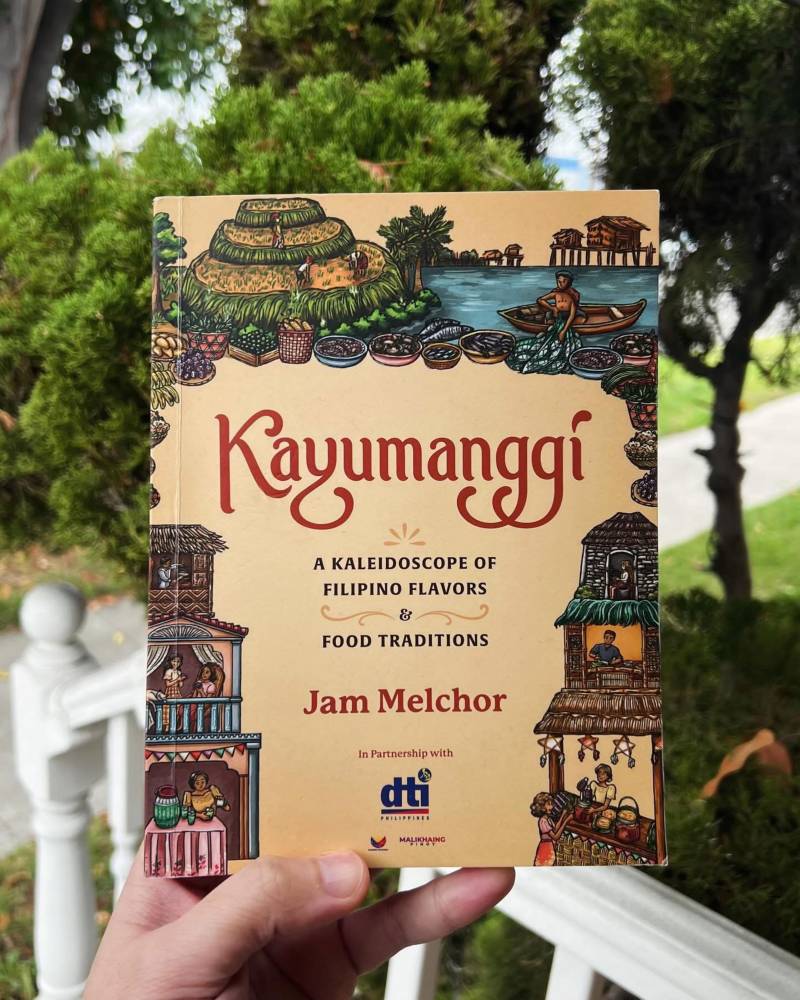

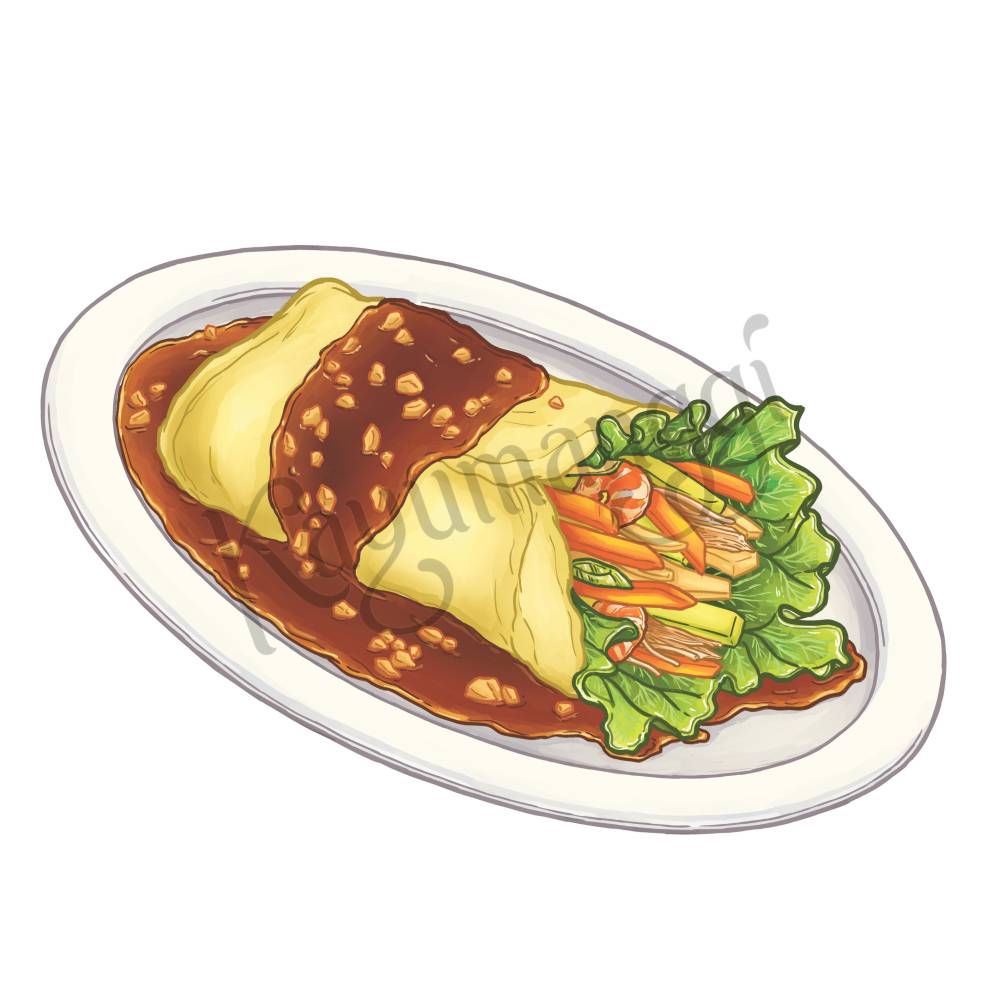
Melchor envisioned a Filipino cookbook to share his extensive recipe collection. However, prohibitive production costs from a publishing house initially hindered his plan. “I wanted to share these recipes and serve as a guide,” he explained.
This desire to disseminate culinary knowledge coincided with a crucial realization: While the government actively promoted Filipino cuisine internationally during diplomatic and tourism events, domestic understanding and appreciation of our culinary heritage remained significantly lacking. Recognizing this inconsistency, Melchor, along with other chefs, founded the Philippine Culinary Heritage Movement.
Melchor advocated for an annual celebration of Filipino cuisine. As a result, then President Rodrigo Duterte issued Presidential Proclamation 469, declaring April as Buwan ng Kalutong Filipino or Filipino Food Month.

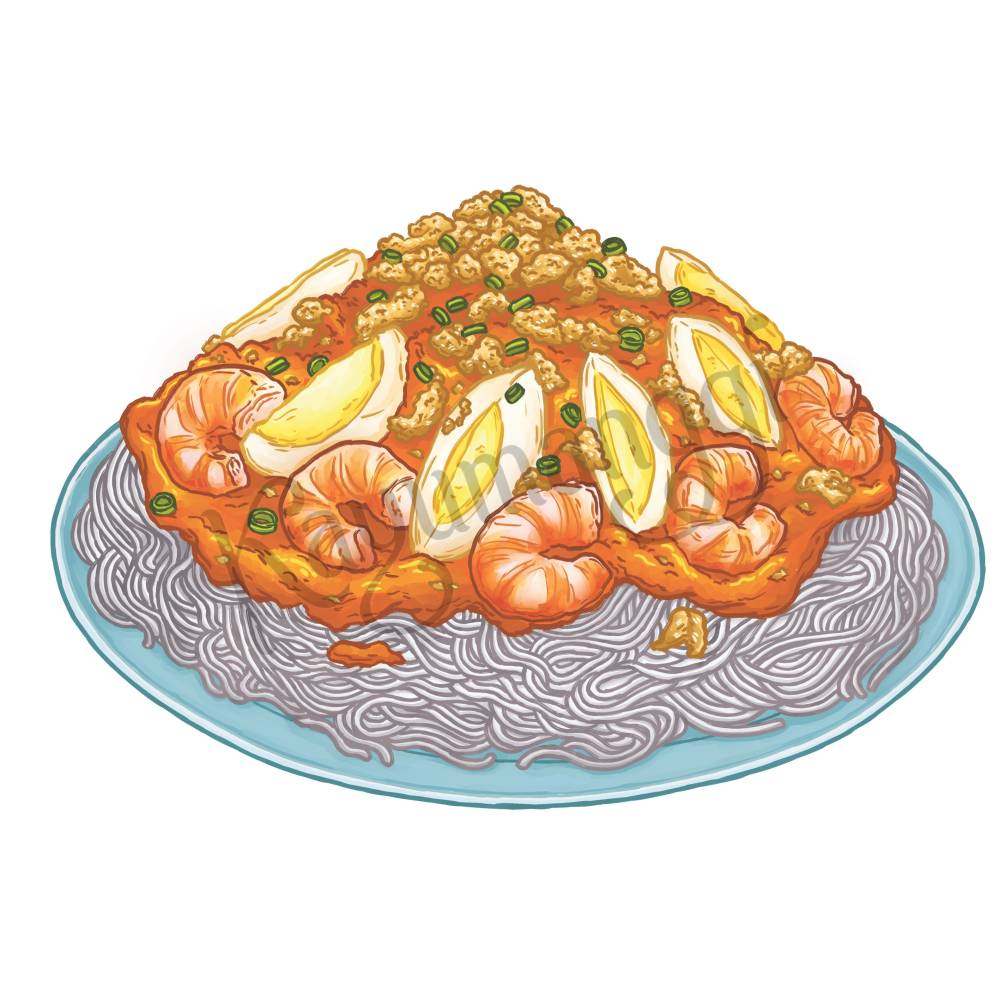

‘Culinary rockstar’
“Jam Melchor is a Filipino culinary rockstar who does not flaunt his brilliance,” Sta. Maria writes in the book’s prologue. “He started the Philippine Culinary Heritage Movement with several visionary culinary stalwarts. PCHM, with Jam’s persistence, secured President Duterte’s signature on the Philippine Food Month law, making every April focused on Filipino gastronomy. This sparked a growing initiative to sustain our cuisines. Jam’s kitchen skills are strong, mirroring his belief in our food and our culture. This, his first book, shares his tested recipes, exemplifying his dedication to Filipino identity.”
Aside from “Kayumanggi,” Melchor is releasing another book, “Kanyaman,” featuring heirloom Kapampangan recipes, published by the Far Eastern University Press. “Kanyaman” translates to “super delicious” in his dialect. Former President Gloria Macapagal-Arroyo authored the foreword.
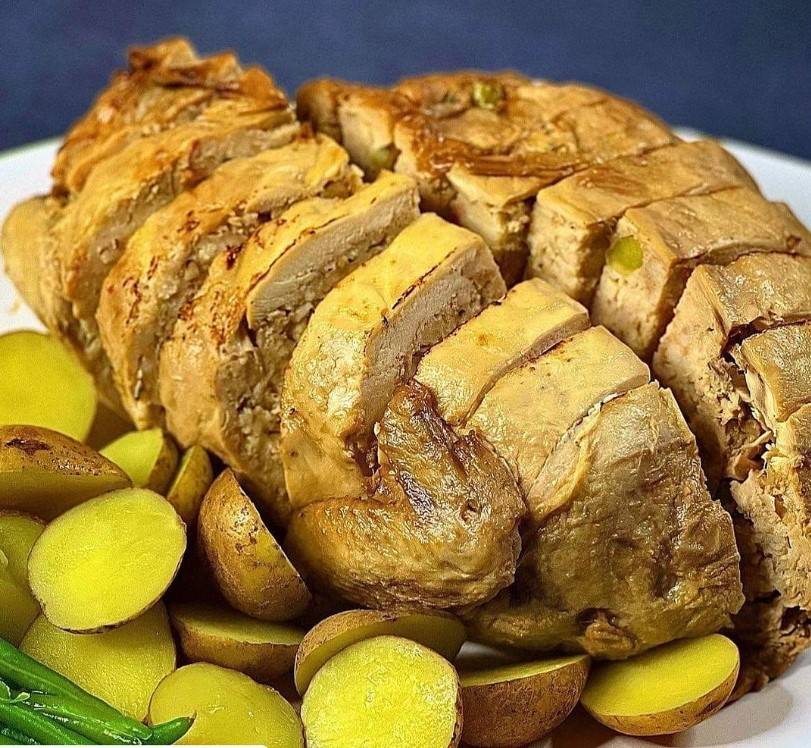
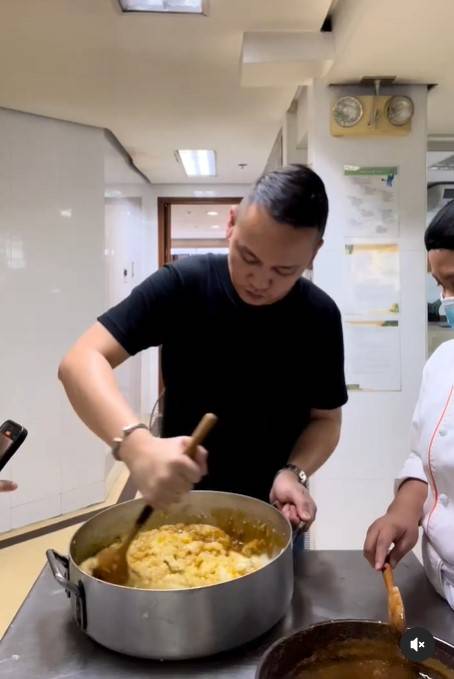
“She is a foodie and lobbied for Pampanga’s designation as the country’s culinary capital,” said Melchor. Last month, the Senate declared Pampanga as the Culinary Capital of the Philippines.
As a culinarian, Melchor has traveled extensively throughout the country to learn more about local recipes. In every market, he asks vendors for recommendations of the most popular eateries and elderly cooks who still use family recipes.
Over a decade ago, Marco Lobregat, an entrepreneur and gentleman farmer, invited him to Zamboanga, where Melchor learned the traditional method of cracking crab shells using a dinner plate. In South Cotabato, he met farmers cultivating shiitake mushrooms and macadamia nuts, and in General Santos City, he observed the preparation of catfish adobo.
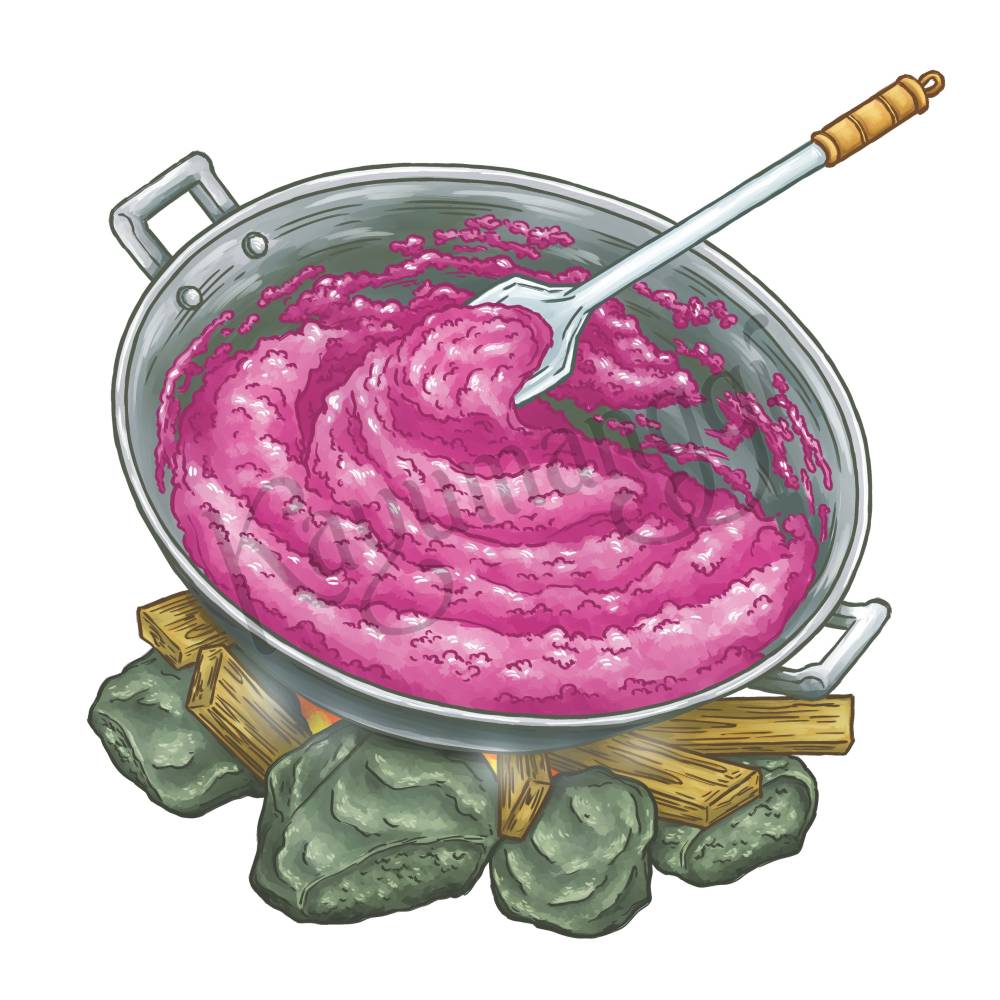

He cited the Kababaihang Masigla ng Nueva Ecija as an inspiration, highlighting how a chemist taught the wives of retired farmers to preserve fruits and tomatoes that otherwise would have been underutilized. Melchor was also engaged by the Philippine Commission on Women to mentor communities under its Great Women Project on how to enhance the market appeal of their products.
He observes that the packaging of native products from Asean neighbors is more attractive, making them more marketable. “We have to overcome the ‘puwede na ‘yan’ mentality,” he says.














